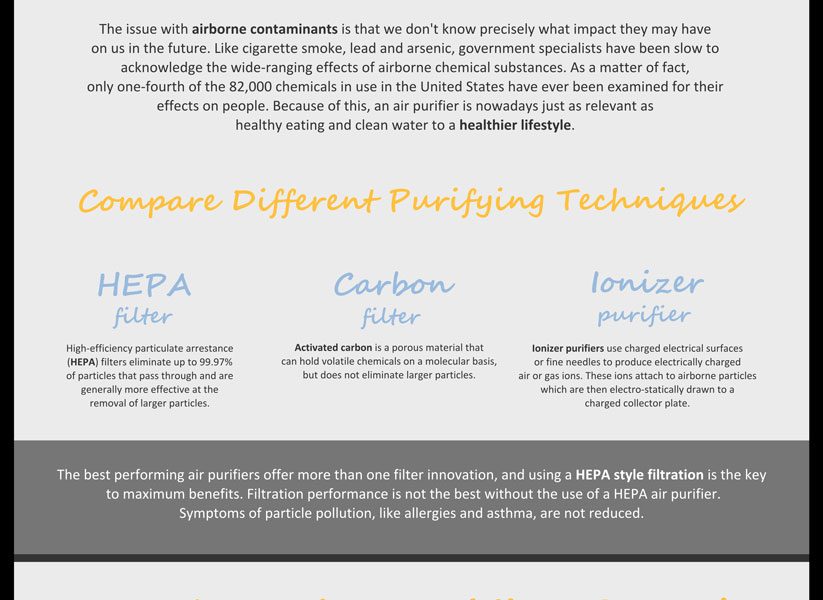The Future Of Home Heating - Exactly How Heat Pump Innovation Is Advancing
The Future Of Home Heating - Exactly How Heat Pump Innovation Is Advancing
Blog Article
service providers for heat pumps -David McCormick
Heat pumps will certainly be an important innovation for decarbonising heating. In a circumstance consistent with governments' revealed energy and climate commitments, their worldwide capability increases by 2030, while their share in heating rises to one-quarter.
They function best in well-insulated homes and count on electrical energy, which can be provided from an eco-friendly power grid. Technical advancements are making them more efficient, smarter and more affordable.
Fuel Cells
Heatpump make use of a compressor, cooling agent, coils and followers to relocate the air and warm in homes and appliances. They can be powered by solar power or electrical energy from the grid. They have been getting appeal because of their affordable, quiet operation and the capacity to generate power throughout peak power need.
Some firms, like IdaTech and BG MicroGen, are servicing fuel cells for home heating. These microgenerators can change a gas boiler and produce several of a house's electrical demands with a link to the electricity grid for the remainder.
Yet there are reasons to be doubtful of using hydrogen for home heating, Rosenow says. It would be pricey and inefficient contrasted to other technologies, and it would certainly include in carbon discharges.
Smart and Connected Technologies
Smart home technology enables home owners to attach and regulate their gadgets remotely with making use of smart device apps. As an example, wise thermostats can learn your heating choices and immediately get used to optimize energy consumption. Smart lights systems can be regulated with voice commands and immediately turn off lights when you leave the area, minimizing energy waste. And clever plugs can check and handle your electrical use, allowing you to identify and limit energy-hungry home appliances.
The tech-savvy family shown in Carina's meeting is a good image of exactly how owners reconfigure space home heating practices in the light of new clever home innovations. They rely upon the tools' computerized attributes to execute day-to-day changes and regard them as a hassle-free ways of conducting their heating methods. As such, they see no reason to adapt their techniques even more in order to enable flexibility in their home energy need, and treatments targeting at doing so may face resistance from these houses.
Electrical power
Considering that warming homes accounts for 13% people exhausts, a button to cleaner options could make a big difference. Yet the innovation faces obstacles: It's pricey and calls for considerable home improvements. And it's not always compatible with renewable energy sources, such as solar and wind.
Up until recently, electric heat pumps were as well pricey to take on gas models in a lot of markets. But https://www.bobvila.com/articles/does-home-warranty-cover-water-damage/ -new developments in design and materials are making them more economical. And far better chilly climate performance is enabling them to function well also in subzero temperatures.
The following step in decarbonising heating might be using heat networks, which attract warmth from a central resource, such as a close-by river or sea inlet, and disperse it to a network of homes or structures. That would certainly decrease carbon exhausts and permit homes to capitalize on renewable resource, such as green electrical energy from a grid supplied by renewables. This option would certainly be much less expensive than switching to hydrogen, a fossil fuel that requires brand-new framework and would just lower carbon dioxide exhausts by 5 percent if paired with boosted home insulation.
Renewable resource
As electrical power rates go down, we're starting to see the same trend in home heating that has driven electric automobiles right into the mainstream-- however at an even quicker speed. The strong environment case for electrifying homes has been pushed further by brand-new research study.
Renewables make up a considerable share of modern-day warm consumption, but have been offered minimal plan interest around the world contrasted to various other end-use fields-- and even less attention than electrical power has. Partly, this reflects a mix of consumer inertia, divided rewards and, in lots of nations, aids for nonrenewable fuel sources.
New innovations can make the change much easier. As an example, heatpump can be made more energy efficient by replacing old R-22 refrigerants with brand-new ones that do not have the high GWPs of their predecessors. Some professionals additionally imagine district systems that draw warmth from a close-by river or sea inlet, like a Norwegian arm. The warm water can after that be used for heating and cooling in a community.